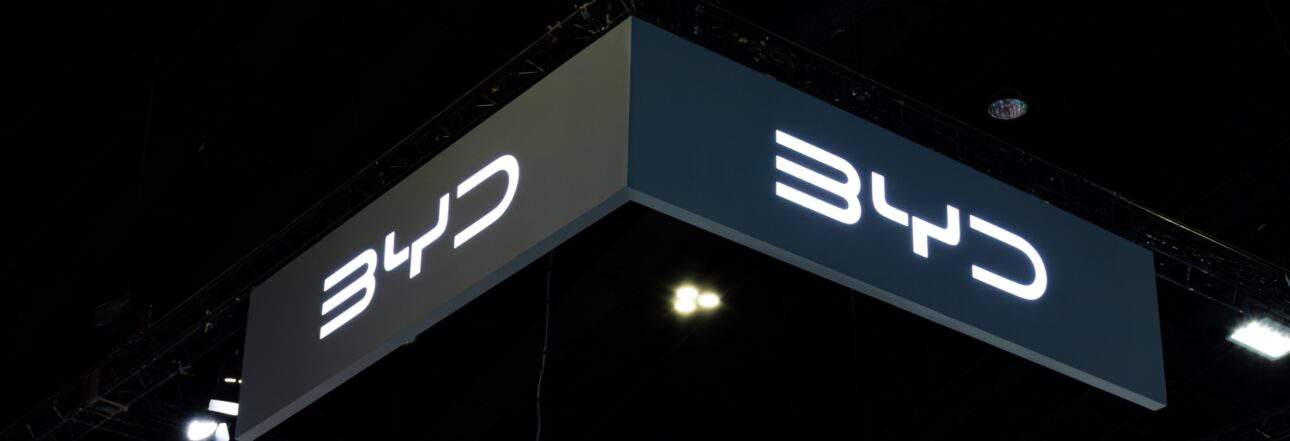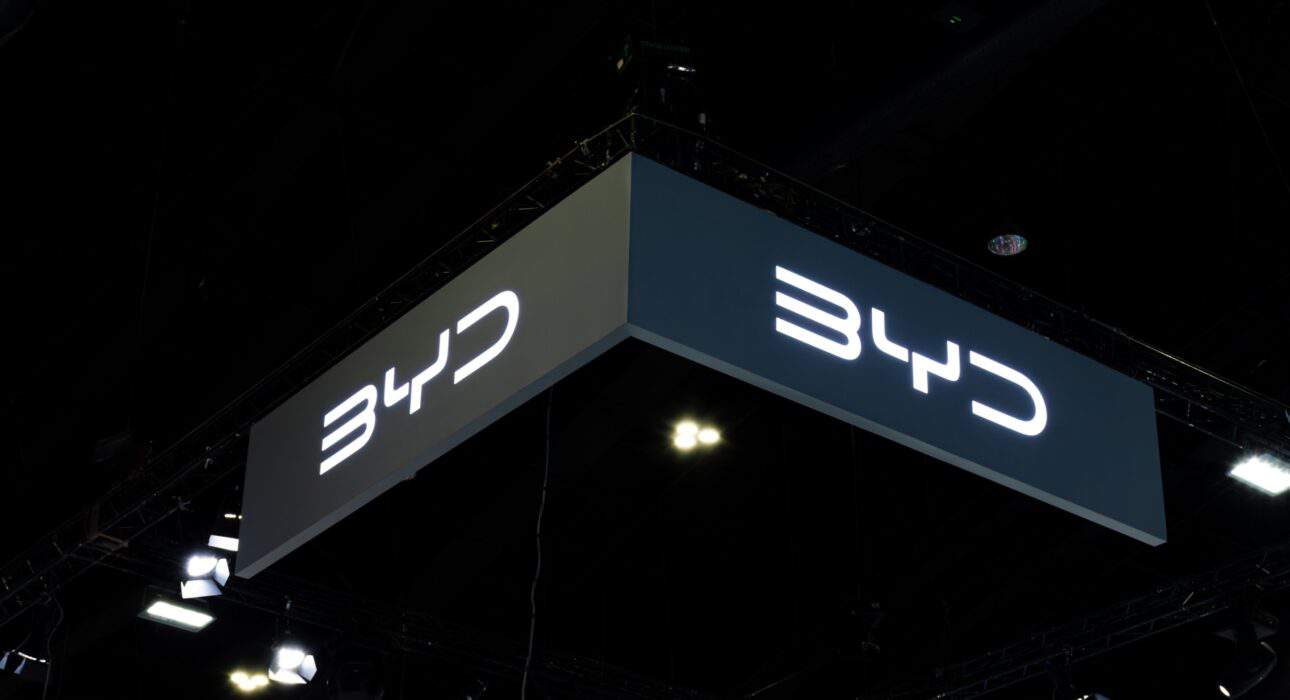China’s new policy likely to turbocharge EV adoption
Electrifying transport and manufacturing sectors key to action plan
Last month, China’s State Council unveiled an action plan aimed at promoting “a new round of large-scale equipment renewals and trade-ins of consumer goods” with the goal of boosting the economy and modernizing its industrial base.
The policy push looks to incentivize both industrial and residential consumers to employ more energy-efficient and lower-emitting technologies and equipment.
Specific targets are set for 2027, although specific details of the policy are yet to be determined.
At the front end, electrifying the transportation sector and its manufacturing base is a key component of the action plan. Municipalities could see significant incentives to electrify buses and truck fleets. At the back end, recycling of old, outdated equipment will be supported.
In related news, effective immediately, China is relaxing lending rules for personal-use cars to stimulate demand. According to an announcement jointly issued by China’s central bank and the National Financial Regulatory Administration, retail consumers will now be able to purchase new NEVs with 0% downpayment, versus the required 15% for ICE and 20% for NEVs set in 2018.
New commercial ICE vehicles require a 30% down payment, while new commercial NEVs require a 25% downpayment.
Adamas take: Though specifics of the trade-in incentive policy are pending, if history is any guide, there is a high probability that China’s lithium demand will be strengthened substantially in the 2025 through 2027 period as a consequence.
A similar trade-in incentive policy was enacted in Shenzhen in 2016 which saw buses and taxis electrify en-masse.
This was instrumental in fueling a global lithium shortage which drove prices higher from 2016 through 2018 as China’s market share of global BEV sales rocketed from 30% in 2015 to 51% in 2018.
To now replicate this strategy on a national scale provides impetus for an incredibly powerful bull thesis.
[The insight above is an extract from the April update of the EV Battery Lithium Monthly service.]
Chris Williams, Analyst at Adamas Intelligence
Chris is an Analyst at Adamas Intelligence focused on the global lithium industry. He researches and analyzes the lithium value chain to uncover actionable opportunities for clients.
Chris has 11-years experience in mining and oil & gas operations optimization, delivering value from data intensive insight generation. He completed his Bachelor and Masters of Engineering at the University of Queensland, majoring in Mechanical Engineering, and is currently completing a Masters of Business Administration at the University of British Columbia.
EV, Battery and Battery Materials Market Intelligence:
EV Battery Lithium Monthly
The ‘EV Battery Lithium Monthly’ is a subscription-based report and data service for tracking end-to-end, market-moving developments across the global EV, battery and lithium supply chain.
EV Battery Capacity and Battery Metals Tracker
Building on ongoing EV registrations in over 110 countries, our web-based platform helps users track monthly deployment of battery metals and materials, battery capacity, and the ever-evolving competitive landscapes of battery chemistries and cell suppliers.
EV Battery Capacity Monthly
The ‘EV Battery Capacity Monthly’ is a subscription-based report for tracking monthly deployment of passenger EV battery capacity by EV type, region, country, make, model, cell supplier and cell chemistry on an ongoing basis.
Back to overview



